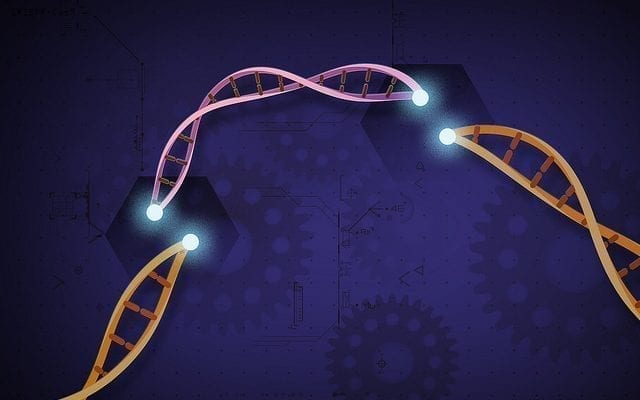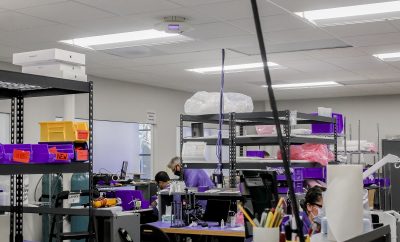
Lifestyle
What is CRISPR and How Does it Work?
CRISPR, short for Clustered Regularly Interspaced Palindromic Repeats, is a new, cutting edge technology that scientists can use to precisely find and cut any kind of genetic material. This means that CRISPR systems can essentially manipulate the very DNA of practically any organism on Earth, including humans.
CRISPR works by injecting a DNA construct into a living organism. The particular construct used is comprised what’s called the Cas9 enzyme, which has the ability to cut or delete a segment of DNA. A sequence of RNA is then introduced to guide the Cas9 enzyme to the correct location to cut. For those who don’t remember 7th grade biology, RNA is essentially the messenger carrying instructions from DNA for controlling proteins. After the RNA does its thing, a new DNA template is introduced by a scientist, which then repairs the cut and alters the gene. For visual learners, here is a helpful video that explains the way CRISPR works.
So what is CRISPR capable of achieving? Well, we simply don’t know its full potential. But here are some extraordinary things scientists will be able to do using CRISPR.
Malaria is one of the leading causes of illness and death in developing countries. However, scientists have been able to create mosquitoes that are resistant to carrying malaria by deleting a segment of their DNA. The genetically altered mosquitoes go on to pass the malaria resistant genes to 99 percent of their offspring, bringing a unique approach to fighting the deadly disease.
Cancer is one of the most highly researched diseases in the world, but with CRISPR, scientists believe that they’ll be able to eventually target and destroy cancer cells. It can also be used to more accurately see how cells react to new anti-cancer drugs, which can help doctors develop personalized treatment plans with the greatest chance of success.
There is very few effective treatments for neurodegenerative diseases, but with CRISPR, researchers will be able to effectively identify the genes that cause them, which could lead to new revolutionary treatments for Alzheimer’s and Parkinson’s.
Agricultural scientists have been able to use CRISPR to improve crop disease resistance and environmental stress in plants. You may have heard of these as a genetically modified organism” or ‘GMO’. While there is continued controversy over the safety of consuming GMOs, they are still making a huge impact in developing countries by allowing farmers to grow more food.
CRISPR can potentially have environmental benefits, too. Researchers have used the tool to manipulate a type of yeast that transforms sugars into hydrocarbons, which can be used to make a more biodegradable plastic. This greatly reduces our need for using harmful plastics that pose a major threat to the environment.





0 comments